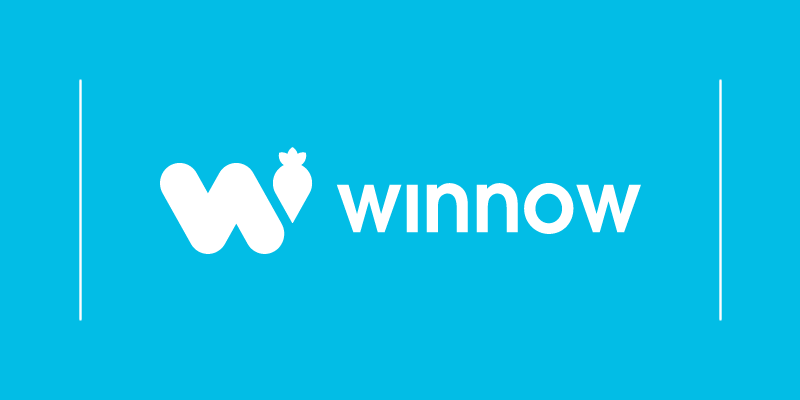While we start the year on the brink of another recession and continued inflated food and labour costs, we have collated some of the food and beverage trends that we will likely see rise to navigate these challenges.
These days, businesses are having to do more with less resources. They have less time, money and resources to achieve their targets and getting additional funding for initiatives is proving difficult - you need to justify the savings it could bring, along with getting a decision-maker on your side.
1. Sustainability Initiatives
With consumers steadily feeling a greater sense of environmental responsibility, it puts pressure on food and beverage businesses to ensure they have modern and up-to-date sustainability initiatives. Over the past five years, there has been a 71% rise in online searches for sustainable goods. It shows that consumers are going out looking for sustainable businesses to buy from, because of this, businesses should be focusing on their Environmental, Social and Governance (ESG) policies and other sustainability initiatives.
One of our clients, IKEA, recently managed to cut their food waste by an incredible 54%, becoming the first major corporation to meet the UN’s 2030 goal. Over the past decade, they have set up initiatives to reduce food waste and have a reputation for setting sustainability goals. With consumers searching for sustainable options, this is an incredibly noteworthy achievement.
2. Increased interest in AI
Secondly, the interest in AI will continue to be on the rise.
According to a recent report by Global Market Estimates, the future of AI in hospitality is set to grow exponentially. The report shows a 10% compound annual growth rate of AI in hospitality, over the course of their forecast period from 2021 to 2026. While this research covers the F&B industry, the growth will be particularly prevalent in the hotel industry, as many never fully regained their staff after the lockdowns from COVID-19. Some AIs of note predicted to trend will be virtual assistants and Natural Language Processing.
A study by New Food on food technology trends in 2022, discovered that while many companies liked the idea of introducing AI into their business, 65% of them didn’t know which technology was the best fit for them.
Over the last few months, AI has become a lot more mainstream, with machine learning models, such as ChatGPT and Dall-E, both by Open.ai, becoming rapidly popular. AI will imminently be more widely adopted in professional industries, with food and beverage being no exception to this.
Read about how Iberostar uses AI to reduce food waste
3. Adapting to Consumers’ Increased Interest In Planet-Friendly Menus
We expect to see an increase in businesses across the industry working to mitigate the effects of climate change and to meet consumers’ increasing expectations for businesses to take sustainable action.
For example, according to the ADM 2023 Global Consumer Trends report, 52% of global consumers consider themselves “flexitarians” - meaning not fully vegetarian, but consciously incorporating more plant-based options into their diet. While plant-based food isn’t anything new, we expect to continue seeing the growth of this in 2023, with a continued increase in hospitality businesses adapting their menus to suit consumer demands.
In addition, we expect to see more carbon labelling on menus,indicating the carbon footprint of food items, using software such as Foodsteps. This would allow consumers to be able to make more environmentally-informed choices.
4. Cost Cutting Initiatives to Mitigate Inflation
With costs at an all-time high and a global cost-of-living crisis, hospitality businesses are looking for efficient ways of saving money and cutting costs.
The rising prices are due to a number of factors, with perhaps the biggest being the Russia-Ukraine war. Though this significantly impacted the industry in 2022, Forbes argued that the effect will carry on throughout 2023. The war has led to supply chain disruptions, causing inflation to skyrocket to an all-time high across many countries, including the US and the UK. This, combined with the long-lasting effects of the pandemic, are having a significant impact on the food and beverage industry. It puts both jobs and businesses at risk. This leads to hospitality businesses continuing to adapt to both inflation and shortages - to focus a business strategy on cutting costs and to prepare for the year ahead. A key focus for businesses to come out of this crisis is to reduce food costs by cutting food waste. See here for our piece on 10 ways hospitality businesses can cut food waste.
5. Growth in the F&B industry - Despite the Challenges
Despite the challenges the food and beverage industry is facing, there is a definite sense of hope for the future. More and more companies will be examining their ESG initiatives to increase sustainability and fight climate change through new AI technologies to lessen their negative environmental impact. In fact, a report from January 2023, by The Business research company, predicted that the food and beverage market will increase from $7,221.73 billion in 2023 to $9,225.37 billion in 2027 at a compound annual growth rate of 6.3%. With this in mind, the future of the food and beverage industry looks increasingly bright.
Conclusion
These are our key predictions for food and beverage trends in 2023 trends. Businesses will be expected to step up and focus on their environmental responsibility with investments into innovative technologies and working to meet their sustainability goals.



-2.png?width=2000&name=Untitled%20design%20(2)-2.png)




Comment on my blog